Description
The Champagne House Mumm was created in 1827 in Reims.
In 1852, Georges Hermann Mumm (G.H.), grandson of the founder, became the boss of the Champagne house which took his name.
In 1876, he registered the name « Cordon Rouge » on the bottle: this red ribbon related to the French Legion of Honor has become the distinctive sign of excellence embodying the spirit of the House and a recognition of the character of its champagne.
Composed of more than 77 crus, each cuvée of Cordon Rouge reflects the nobility and diversity of the Champagne vineyard. All the great terroirs of Champagne are represented (the Montagne de Reims, the Marne and Ardre Valleys, the Côte des Blancs, the Sézannais, the Côte des Bars).
Many wines come from the Grands Crus and Premiers Crus. The blend is mainly made up of the historic grape variety of G.H. MUMM, Pinot Noir (45%) providing structure and power, enriched with Chardonnay (30%) which gives finesse and elegance.
It is completed by Pinot Meunier (25%) for its fruity, lively and round aspect. G.H. MUMM Cordon Rouge offers a consistency of style, a subtle balance between freshness and intensity
Hollywood: parties and prohibition
We were making more money than we ever dreamed existed and there was no reason to believe it would ever stop.”
So said Gloria Swanson, one of the biggest film personalities of her time, when describing the life of a 1920’s Hollywood star. They all drove around in flashy cars; they all lived in palatial homes; and they all regularly got together for lavish parties where Champagne flowed like water.
As Norma Desmond in Billy Wilder’s Sunset Boulevard (1950) Gloria Swanson left an indelible mark on one of the only sound films she ever played in – a rare exception for an iconic actress who became known as the queen of the silent screen.
1920s however, state and local prohibition was fast coming into force in the US. Ratified in January 1919, the 18th amendment to the US constitution prohibited the manufacture, transportation, import, export or sale of “intoxicating liquors”. So since Hollywood stars couldn’t live without Champagne, their only alternative was to buy bootleg bubbly from smugglers in the pay of the Italian-American Mafia (with Al Capone as one of its most notorious gangsters).
Now that Champagne was no longer available through legal channels, the Champagne Houses saw exports to the US plummet in the face of competition from bootleg Champagne smuggled through Canada, Saint-Pierre and Miquelon, and Mexico. It was then that Bertrand de Mun, President of the Syndicat du Commerce (now the Union of Champagne Houses) set up the Commission d’Exportation des Vins (now the Fédération des Exportateurs de Vins et Spiritueux).
Created by and for French wines and spirits exporters, the commission lobbied government to refrain from protectionist policies that invited retaliation from France’s leading import markets for wine.
But if you think Champagne disappeared from the Silver Screen, think again. On the contrary, it continued to feature in Hollywood films, most notably in films set in Europe.
American cinema would later look back on the “Roaring Twenties” as a time of forbidden revelry soaked in jazz and Champagne. In Baz Luhrman’s The Great Gatsby (2013) Leonardo DiCaprio as the titular character throws extravagant parties dripping with glitz and glam: over-sized bottles of Moët & Chandon, hundreds of guests, and spectacular fireworks to end the night with a bang.
The earlier version of The Great Gatsby, directed by Jack Clayton in 1974 and starring Robert Redford and Mia Farrow, features Dom Pérignon Champagne – which is something of an anachronism given that the story is set in the summer of 1922.
In Some Like It Hot (1959), director Billy Wilder chose to shoot the film in black and white to plunge the audience into the heart of the Great Depression. As police and bootleggers do battle on the streets of Chicago, Tony Curtis and Marilyn Monroe exchange kisses between glasses of Champagne aboard a “borrowed” multi-million dollar yacht in Miami.
Brian de Palma’s Untouchables (1987) took things to a whole new level, with Robert de Niro as Al Capone raising a glass of Champagne – at the height of Prohibition.
Prohibition ended on 5 December 1933, an event celebrated in Sergio Leone’s Once Upon a Time In America that bids farewell to the 18th Amendment by sabering a bottle of Mumm Cordon Rouge.
Peter Bogdanovitch’s The Cat’s Meow (2001) is the semi-true story of a star-studded gathering aboard media mogul William Randolph Hearst’s yacht Oneido in 1924. Hollywood celebrities in attendance included, among others, Charlie Chaplin, actress Marion Davies (Hearst’s mistress) and film producer Thomas Ince, with Champagne corks popping everywhere you looked. The film reveals a moody Hearst who though not a drinker, enjoys a second glass of Champagne when he’s feeling good. On this occasion, one glass is enough. Moments later, he shoots Thomas Ince by accident


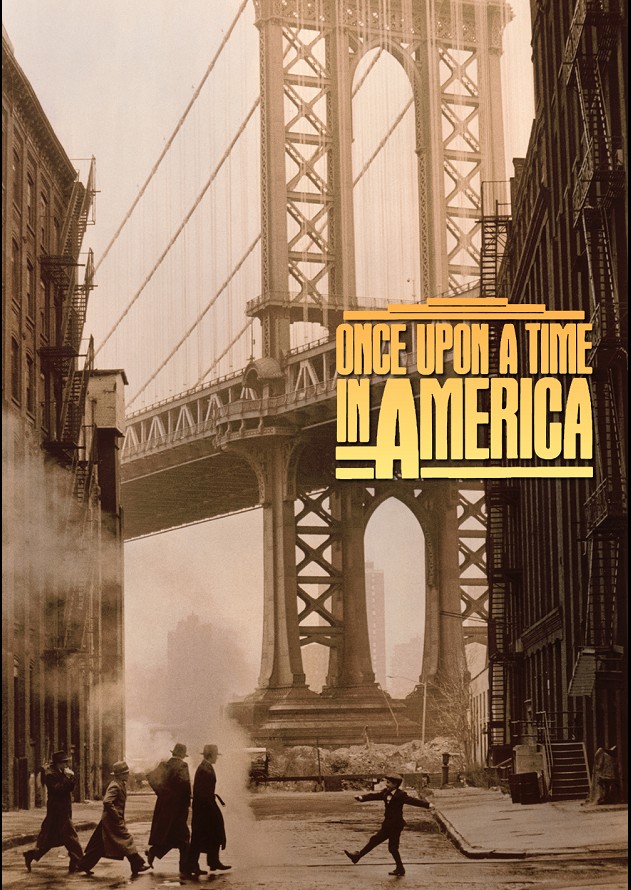
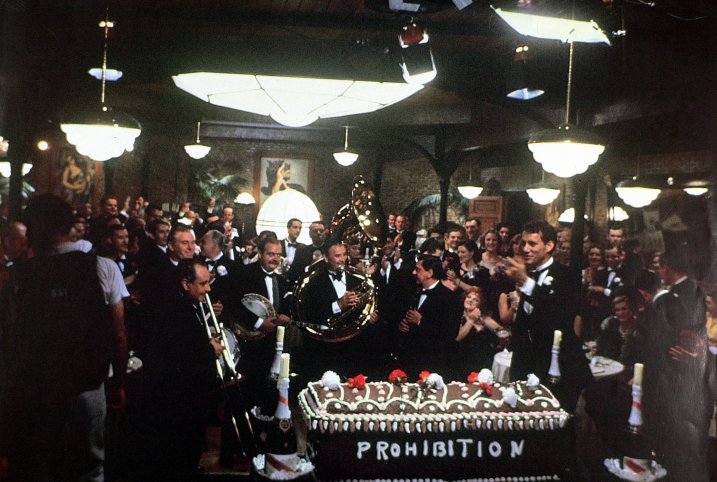
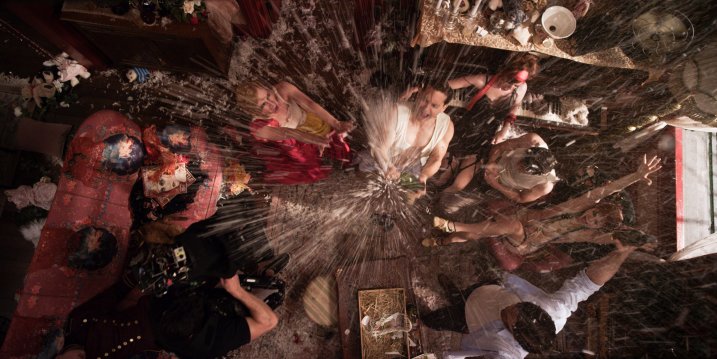
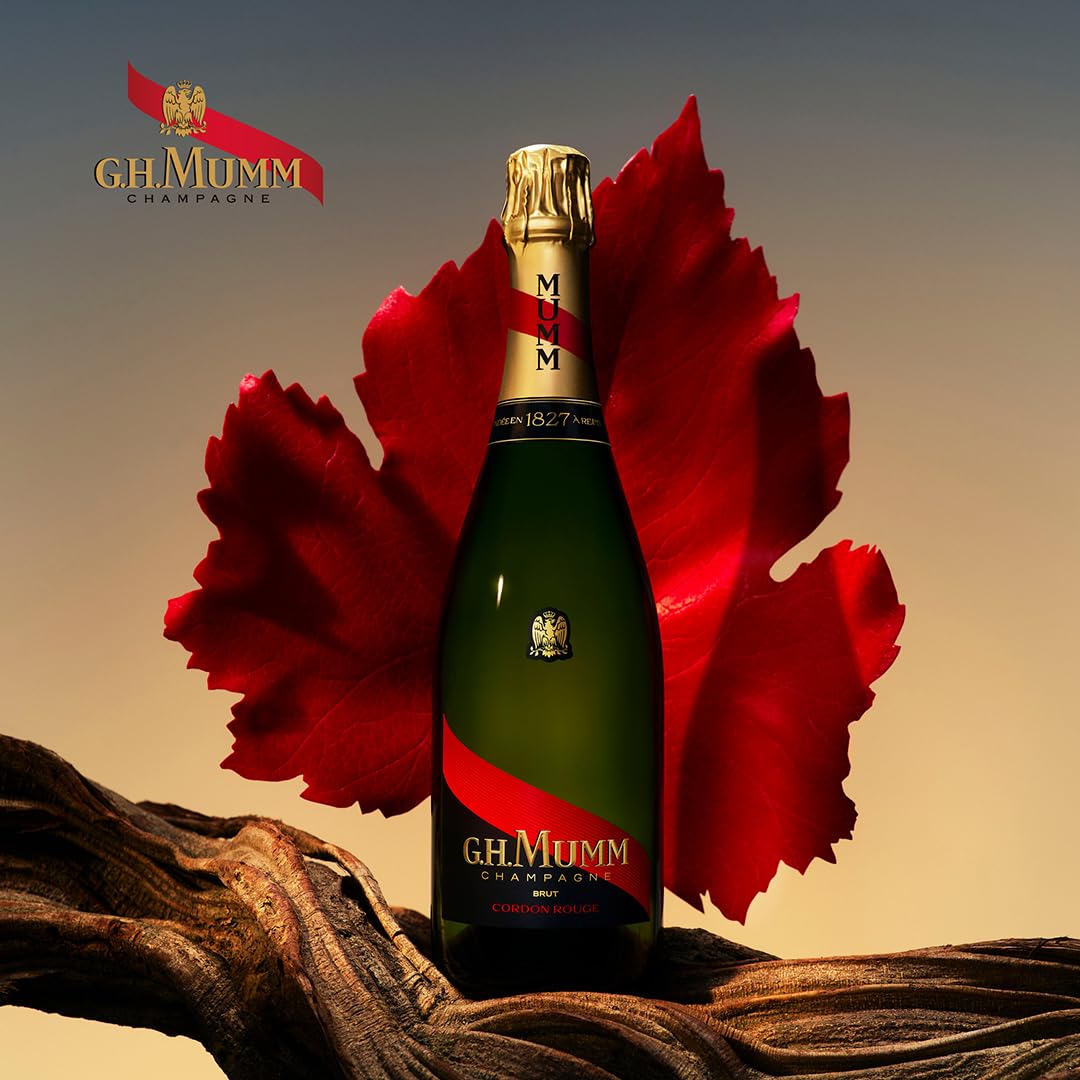

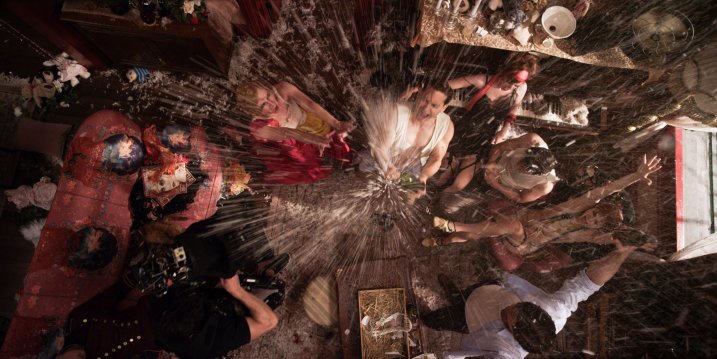
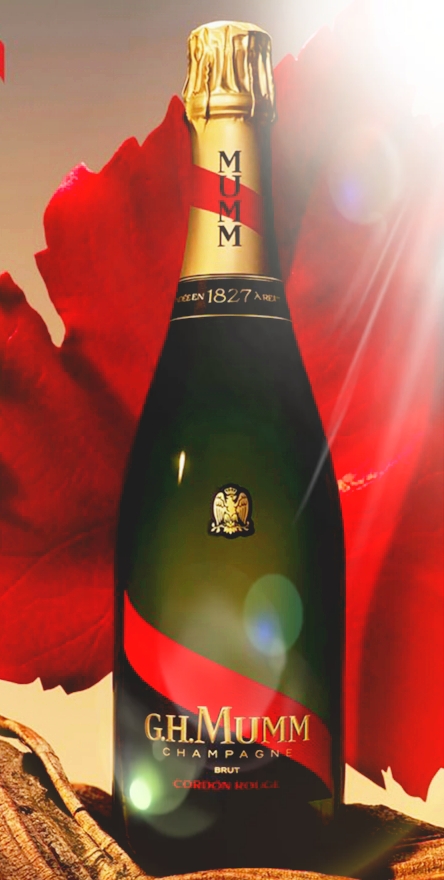

Reviews
There are no reviews yet.